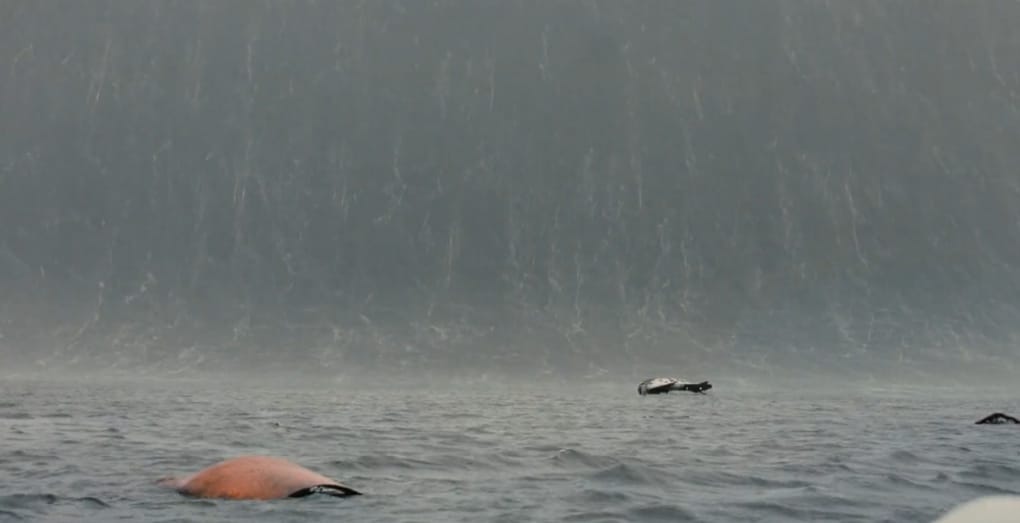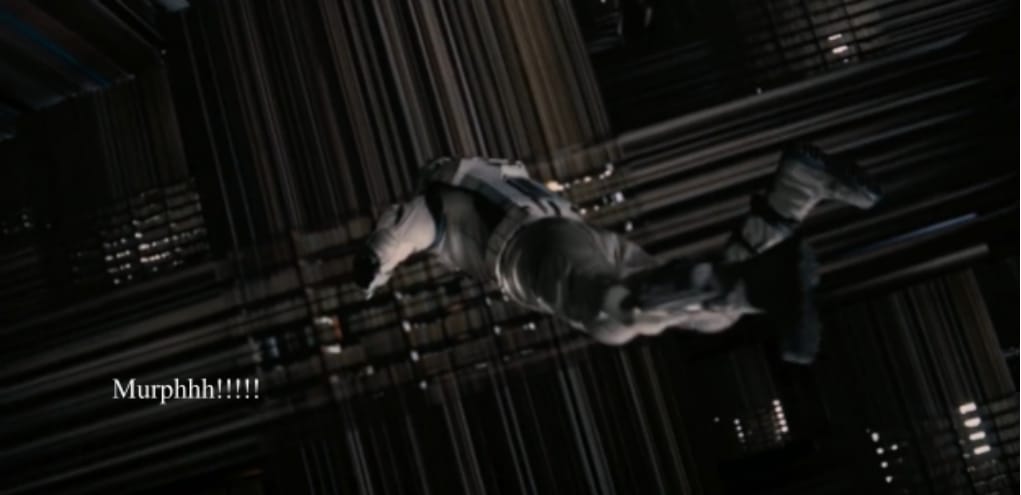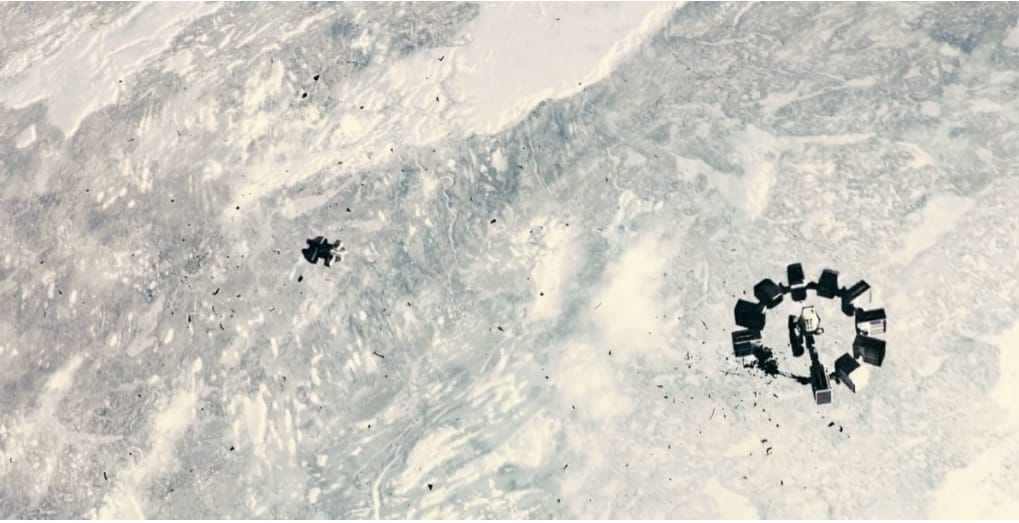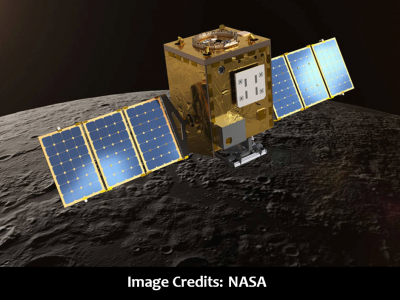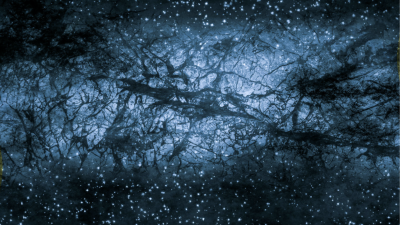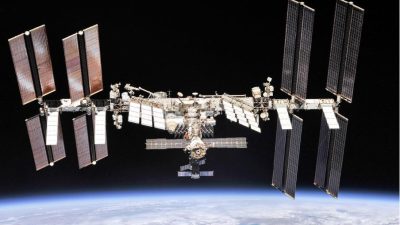
“In # Interstellar: Experience Einstein’s Curvature of Space as no other feature film has shown.” ~ Sir Neil deGrasse Tyson on Nov 10, 2014.
In #Interstellar: Experience Einstein's Curvature of Space as no other feature film has shown.
— Neil deGrasse Tyson (@neiltyson) November 10, 2014
I wish you could hear Hans Zimmer’s genius composition on this film playing in the background while reading this, but never mind.
There are plenty of articles and videos online claiming to explain or prove the science wrong in the film. Believe me, I went through almost all of those. Almost sixty percent couldn’t wrap their heads around the science behind it.
About 20 percent criticised minor mistakes made while filming the scenes, which I suppose can be neglected, given that they’re making a three-hour movie and the rest 20 percent or so couldn’t appreciate the fact that scientific accuracy can be portrayed in the film industry.
Since most people are used to science in movies like Avengers, which is cinematically appealing and entertaining if you ask me but I know all you space nerds out there know for a fact that ‘INTERSTELLAR’ got all the science right, or did it?!
Before critiquing one of the marvels of Christopher Nolan, I would like to say that I love this movie. I promise that I have researched my facts well enough before questioning a movie on which a Nobel Prize-winning physicist, Dr. Kip Thorne worked upon.
*Spoiler Alert*
The movie starts with Old Murph and people her age describing what it was like when they were young and eventually goes on to tell her father’s story. The movie flashes back to the time and the story continues.
As the movie progresses the characters notice weird anomalies happening to start with Cooper’s crash, the air drone, the tractor’s compass, and the most significant of it all, ‘the ghost’ in Murph’s room which later turned out to be Cooper trying to signal Murph by manipulating gravity through the bulk.
This, in my opinion, was an excellent way in which time travel can be shown preserving causality. The ghost (Future Cooper), gives them coordinates for NASA’s secret facility. The curiosity in Cooper and his daughter Murph couldn’t let them stop there but explore the route to NASA’s facility.
Cooper used to work for NASA earlier, alongside Professor Brand, before the government declared NASA to be shut down to preserve resources for food. So far so good. The confusion in Cooper’s mind is gradually resolved by Prof. Brand as he begins to tell that the government finally understood the need for space exploration to find us a new home and how the Earth will no longer be futile.
This is where science was first misinterpreted by the movie, in preceding scenes, Prof. Brand explains how blight will cause all crops to die and says this to Cooper, “Earth’s atmosphere 80% nitrogen, we don’t even breathe nitrogen, blight does and as it thrives our air gets less and less oxygen. The last people to starve will be the first to suffocate and your daughter’s generation will be the last to survive on earth”.The professor implies here that blight will damage more and more vegetation on earth, lesser the vegetation, lesser is the production of Oxygen, and that within 50 years or so, oxygen will be low enough to suffocate people on earth. Firstly most of the oxygen production on earth, almost 70 percent is done by green algae and cyanobacteria, which is quite unaffected by blight.
Even if we ignore that mistake and assume it to be some sort of virus that affects chlorophyll so all the oxygen-producing organisms are dead, we will surely be starving for food but will not run out of oxygen for at least a few million years, let alone 50 years (a generation gap). Yes, even limiting the atmosphere with current levels of oxygen and given the number of aerobically respiring organisms on earth right now, humans will not suffocate for a long time.
Alright, moving on. So Cooper agrees to pilot the ranger and launches off on a mission to find potentially habitable worlds within our reach. Their journey includes traveling to Saturn, near which lies a wormhole that leads to a planetary system orbiting a black hole (Gargantua) in another galaxy. We will get to that in a minute.
The crew launches off and docks on a space station orbiting the earth, the ‘Endurance’. Now to simulate earth’s gravity the whole space station (Endurance) spins. Watch the upcoming scenes carefully. Referring to the picture above, the daylight on earth is coming from a direction opposite to the glare from the sun on the spaceship’s window. I think I’m going to let that go as a cinematographic error. After having settled on the space station, they go into hibernation and wake up when they near Saturn. When they are about 3 hours from the wormhole, Romiley (another crew member) tells Cooper to stop the spinning of the Endurance. The mistake here is that even after stopping, they appear to be behaving the same way, like in 1G. They should experience microgravity and start floating and also the pen seems to be working in microgravity. That is a mistake that they should’ve noticed.They see the wormhole, the depiction of which is spectacular and according to explanations given in Kip Thorne’s book, ‘The Science Of Interstellar’, follows einstein’s general theory of relativity equations to the tee. Now a traversable wormhole is “not a naturally occurring phenomenon”, as said by Cooper in the earlier scenes, which is true.
This is where most of the viewers lose track of the movie, the writers seem to bring in a character of ‘ Bulk Beings’ which they usually refer to as “They”. In his book, Kip Thorne explains that physicists refer to dimensions out of our usual 3 spatial dimensions as the ‘bulk’ and beings as in future humans who will be able to access these greater than 3 dimensions are held responsible for all these gravitational anomalies.
They can bend and warp 3 dimensions as we can do with 2 dimensions, like with a piece of paper. So it’s not unlikely that these bulk beings also have access to ‘exotic matter’ to have stabilised and placed this traversable wormhole. The wormhole seems to not be more than a kilometre long which could accurately follow einstein’s equations and also be visually pleasing for the viewers.
Alright so into the wormhole we go! Choosing a great grasping composition to lay over this scene, Christopher Nolan makes the journey through the wormhole to be a treat for science geeks.
Everything that happens inside that tunnel is very well depicted like the spacetime distortion (handshake) except that they appear to be moving straight through the wormhole which according to einsteins general theory of relativity is forbidden because wormholes are explained to be black holes whose singularity is kept open by exotic matter (matter with negative mass or energy).Where ever these gravitationally heavy objects are formed, it is almost impossible for it to be not spinning and with itself, it drags the space-time fabric around too so you cannot stay stationary in a twisted spacetime, you will have to spin into or anywhere close to it. However, this idea of spinning to travel through a wormhole is still a vague area of research, obviously because mostly they are a theoretical phenomenon with no experimental basis.
The movie after coming out of the wormhole is an unfathomable experience and was a tough script for me to find mistakes in, therefore I resorted to Dr. Thorne’s book for further research. And as expected doctor himself pointed few scientific errors in the movie that had to be made to make the movie appealing and more understandable for an audience with not much physics knowledge. To point some of them here:
- He explains that Sir Nolan wanted the relative time difference to be very significant (7 years per hour, as shown in the movie) for that the black hole had to be made huge and be spun around at almost 0.998 times the speed of light, which although he claims is not impossible but is very unlikely.
- Such a huge and high spinning black hole mathematically should give out radiation that would have literally ‘fried’ the spaceship. That doesn’t seem to happen in the movie.
- He also emphasizes that the size of Gargantua with respect to Miller’s planet is out of proportion. This is noticeable after careful observation, Miller’s planet’s orbit is inside the time shift cusp of the black hole and mathematically should’ve covered 60% of the planet’s sky.
The movie after that nails every property of physical laws except when the crew is choosing between Mann’s and Edmund’s planet, Brand puts up an argument that even though Miller’s planet has liquid water, it can’t sustain life because of Gargantua.
Her exact sentence was “Accidents are the first building blocks of evolution but when you’re orbiting a black hole, not enough can happen, it sucks in asteroids and comets, other events that would otherwise reach you”, a sentence which was discredited by Thorne himself in his book saying “This is one of the few spots in Interstellar where the characters get the science wrong” (117). Why?Because even though black holes suck in asteroids and a lot of other stuff, unless the trajectory of the object is directly pointing into the black hole, it will go around it and orbit it instead of getting sucked in. This is the sole reason why in our solar system, we have Jupiter to thank for not letting asteroids and comets swirling and crashing into the Earth as it has enough gravity to keep them to itself instead of getting deflected to inner-orbit planets due to the Sun’s gravity.
Another one of Brand’s lines sounds very abstract to me, which is, and I quote, “Maybe it means something more, something we can’t yet understand. Maybe it is some evidence, some artifact of a higher dimension that we can’t consciously perceive”.This phrase is used in her attempt to convince Cooper and Romiley to go to Edmund’s planet instead of Mann’s because the character is in love with Wolf Edmund. She then goes on to say, “Love is the one thing that we’re capable of perceiving that transcends dimensions of time and space”, which in my opinion has no scientific basis and is a very abstract thing to say especially when you’re a scientist.
It deals with what I’d like to call ‘Paraphysics’ which is quite an under-researched area. Although later in the movie Nolan seems to use this emotional connection between people as a way for Cooper to find a specific place in time in the infinite time tesseract, to send the quantum data to Murph.
Cooper explains this as the beings of the bulk have access to time dimensions but are not bound to a point in this infinite series of time to communicate with three-dimensional beings and that is why they (Cooper and TARS) act as the bridge for relaying the quantum data from inside the black hole to the outside world using gravity.This again in my opinion was a brilliant thought process that Nolan and Thorne came up with, to give some scientific basis (at least in the movie) to what Brand was talking about. And you can’t prove it wrong as no one has ever come closer than mere speculation to what happens inside a black hole.
Apart from the above-mentioned things, I don’t think there’s anything else to critique about this movie. Everything from the story built-up from the start to Murph’s ghost to their journey through the wormhole to everything on Miller’s planet, the scenic effects on Mann’s planet, the script of Mann marooning them which kept the audience to the edge of their seats and one of my
favourite scenes the rendezvous after Mann blew the Endurance, to the dive into the black hole, the tesseract, and also to many people’s surprise, the unambiguous ending. Everything was just as pleasing to me. I’m highly impressed and extremely appreciative of everyone who worked on this movie.I’d also want to give credit to Dr. Kip Thorne’s book, ‘The Science Of Interstellar’ which is just as much of a treat for science people as the movie itself. I would highly recommend you read the book as well if the movie pleases you and it should. It’s marvelous, not only was this a great opportunity to test the science but also learning a lot of things I didn’t know.
This movie was indeed a scientific marvel. If you agree with my observations or if you noticed something else, do leave a comment.
Author






